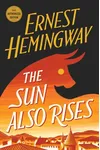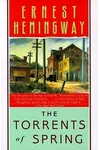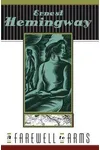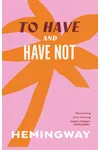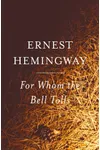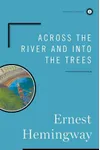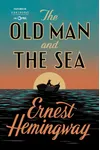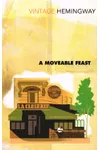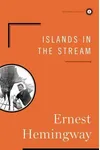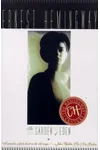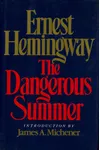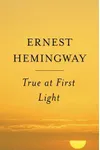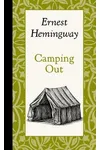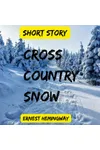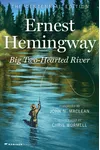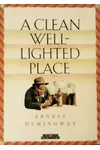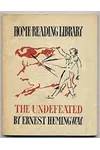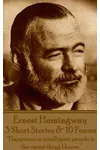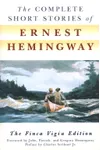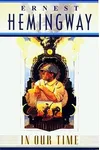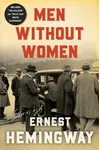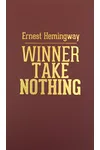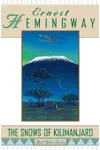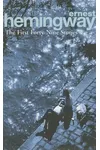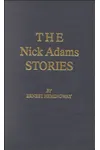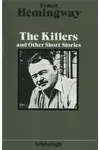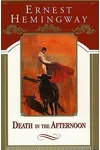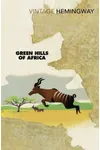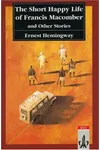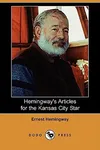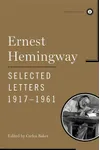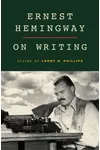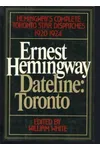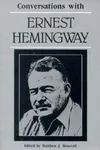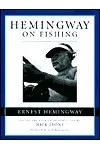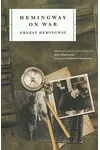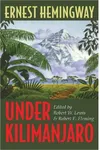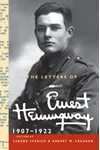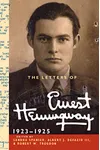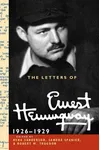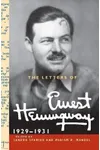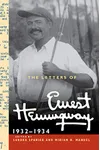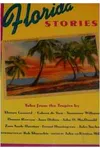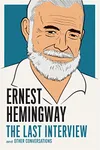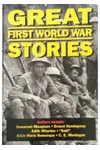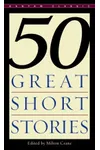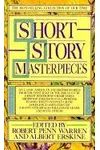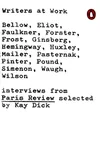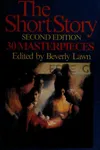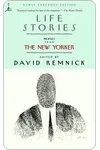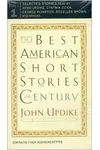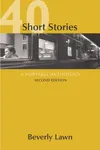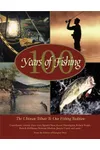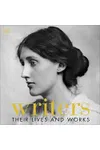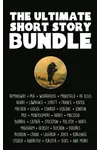Picture a rugged American storyteller who turned life’s raw adventures into timeless tales—meet Ernest Hemingway! Born in 1899, this literary titan crafted novels like The Old Man and the Sea and A Farewell to Arms with a stripped-down prose style that changed fiction forever. From war-torn battlefields to sun-soaked fishing boats, Hemingway’s stories pulse with grit, heart, and humanity.
With a Pulitzer and Nobel Prize under his belt, Hemingway wasn’t just a writer—he was a larger-than-life figure who lived as boldly as he wrote. Let’s dive into the life, works, and enduring legacy of this 20th-century icon.
The Making of Ernest Hemingway
Born on July 21, 1899, in Oak Park, Illinois, Ernest Hemingway grew up in a world of books, nature, and big dreams. His physician father sparked a love for the outdoors, while his mother’s artistic flair nudged him toward creativity. Young Ernest soaked it all in, scribbling stories for his high school paper before chasing adventure as an ambulance driver in World War I. Those harrowing experiences—wounded in Italy, yet undaunted—shaped his raw, unflinching view of life.
Back home, Hemingway honed his craft as a journalist, learning to write lean, punchy sentences. By the 1920s, he was in Paris, rubbing elbows with literary giants like Gertrude Stein and F. Scott Fitzgerald. That vibrant expat scene fueled his first novel, The Sun Also Rises, and set him on a path to stardom.
Ernest Hemingway’s Unforgettable Stories
Hemingway’s writing is like a crisp jab—direct, powerful, and unforgettable. His minimalist style, often called the 'Iceberg Theory,' leaves much unsaid, letting readers feel the weight of what lies beneath. Themes of courage, loss, and the human spirit run through his work, drawn from his own life as a soldier, fisherman, and wanderer.
The Sun Also Rises (1926) captures the disillusionment of the Lost Generation, following expatriates in a whirlwind of love and bullfighting. A Farewell to Arms (1929) blends romance and war, its heartbreaking tale of a wounded soldier and his nurse etched in vivid prose. For Whom the Bell Tolls (1940) dives into the Spanish Civil War, exploring loyalty and sacrifice. And who could forget The Old Man and the Sea (1952)? This slim, profound novella about an aging fisherman’s battle with a marlin won Hemingway the Pulitzer Prize and cemented his legend.
Each book feels like a window into Hemingway’s soul—gruff yet tender, rooted in his adventures across Europe, Africa, and the Caribbean. His short stories, like 'The Snows of Kilimanjaro,' pack just as much punch, proving his mastery of every word.
Why Ernest Hemingway Matters
Hemingway didn’t just write books; he redefined what a story could be. His spare style influenced generations of writers, from Raymond Carver to Cormac McCarthy. Beyond the page, his larger-than-life persona—think safari hunts, deep-sea fishing, and wartime heroics—made him a cultural icon. Even today, his works resonate, offering timeless insights into resilience and the human condition.
Despite personal struggles, including battles with depression that led to his death in 1961, Hemingway’s legacy shines. His novels remain staples in classrooms and book clubs, inviting readers to grapple with life’s big questions. In a world of fleeting trends, Hemingway’s stories endure like a well-worn leather journal—timeless, tough, and true.
About Ernest Hemingway
- Born: July 21, 1899, in Oak Park, Illinois
- Key Works: The Sun Also Rises, A Farewell to Arms, For Whom the Bell Tolls, The Old Man and the Sea
- Awards: Pulitzer Prize (1953), Nobel Prize in Literature (1954)
- Died: July 2, 1961, in Ketchum, Idaho
Ready to step into Hemingway’s world? Snag The Old Man and the Sea and dive into his rugged, soul-stirring prose!
